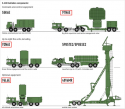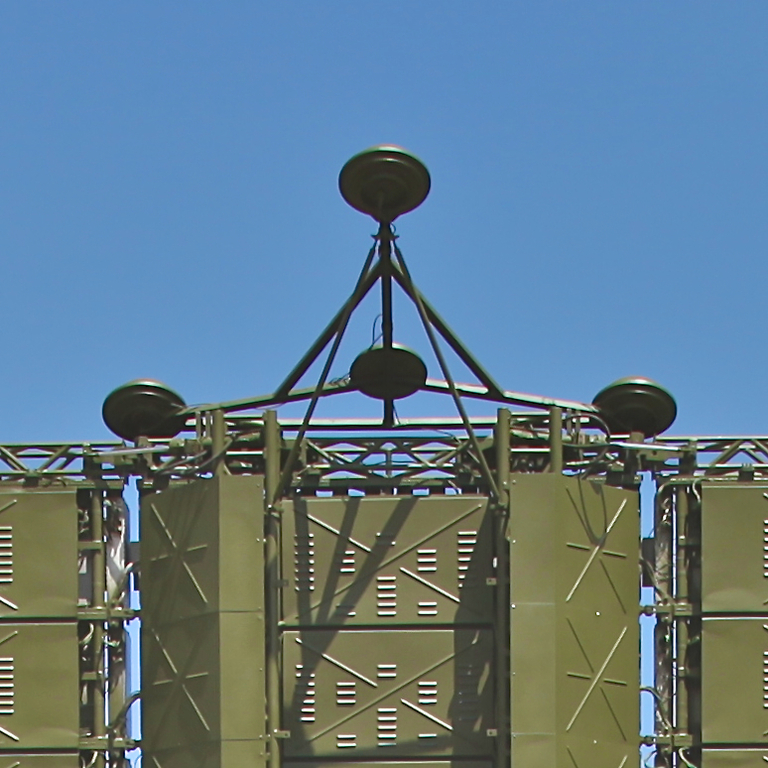@Brumby: Regarding our S-400 discussion, it so happens that a rather authoritative source which all but confirms CEC-ski has recently popped up.
Machine translation of the relevant paragraph:
It doesn't explicitly link these capabilities to the 40N6 missile, but I think we may safely connect the dots.
let me offer my loose translation:
The main improvements in S-400 over older systems are jamming resistance and an increased fire potential.
The S-400 can simultaneously engage many more targets than the S-300.
This is also due to the new 'smart' missile with control systems enabling its use in various guiding modes: both through an active radar homing and by using an input from external sources and other radars.
The S-400 can also engage over-the-horizon targets; those are not detectable by an S-400's radar, but their data are available.
LOL any pro please tell me the translation of интеллектуальной ракеты
On the subject of CEC, any systems that cooperate in the engagement within a kill chain is exhibiting some form of CEC. For example, during the Battle of Britain in WW2, the British took off board data from its early warning radars and rerouted that information by vectoring its fighters through a central command is engaging in some form of CEC.
If we are to have some form of informed discussions on this topic, we need to understand the key differences between CEC as practiced by the USN vs what transpires with the S 400 system as they are clearly not the same.
I do not follow Russian systems but with the S400 I think I have sufficient information to form an idea of how its systems cooperate within its kill chain. The S400 uses a number of radars that operate in different frequencies such as X, L, and VHF. The radars include "Big Bird" 91N6E; 96L6E; "Grave Stone" 92N6E; multi mode Nebo SUV/M'; the unique 40V6MR; and et al. The way they operate is via data link in some form of sensor net. Given that different frequencies have different properties in detection, the idea is that some of the lower frequencies radar are meant to cue the information through a chain system that effectively enables the fire control radars to scan a lower volume area thus increasing its effective engagement range especially against VLO platforms.

In contrast, the USN CEC is about building composite tracks to improve the fidelity of the tracks. Airborne tracks were subsequently added in an expansion of the system. The technical challenges were calibrating and aligning the radar within the net to avoid dual tracks or false targets besides latency issues due to distances.






